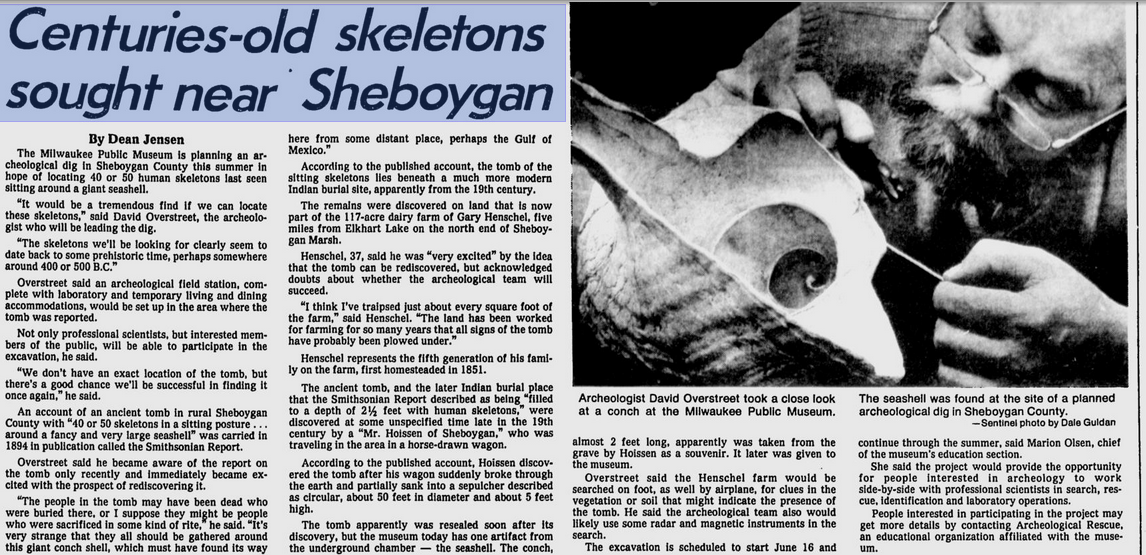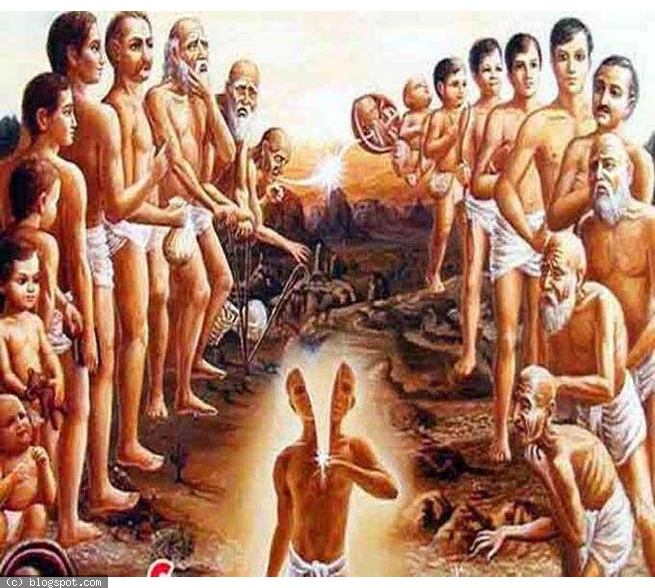One of the ultimate quests of humankind since we have began to think and reason, was to discover the “elixir and giver of life,”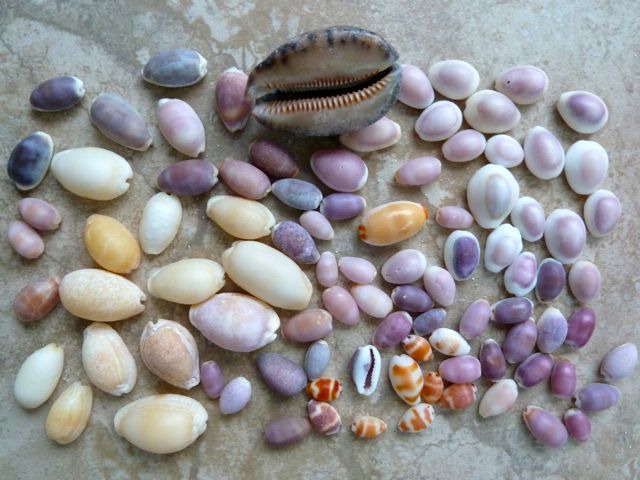 or what is sometimes called the “Philosopher’s stone.” In my own search for this mysterious piece of the stone and magical elixir spoken about by our ancient ancestors, I have come across an immortal philosopher shell that is known as the “cowry shell.”
or what is sometimes called the “Philosopher’s stone.” In my own search for this mysterious piece of the stone and magical elixir spoken about by our ancient ancestors, I have come across an immortal philosopher shell that is known as the “cowry shell.”
The mystical cowry shell is small, white and glossy, resembling the female life-giving organ that is an amulet which increases fertility, and gives life. A beautiful shell that many ancient cultures had regarded as an amulet to add vitality to life, and to prolong their lives to the point of immortality.
In ancient medical treatises these shells were often listed as one of the best medicines for many ailments, and long before we had the mighty paper dollar with the all-seeing eye emblazoned upon the backside, cowry-shells were used as money and a form of currency for thousands, if not tens of thousands of years.
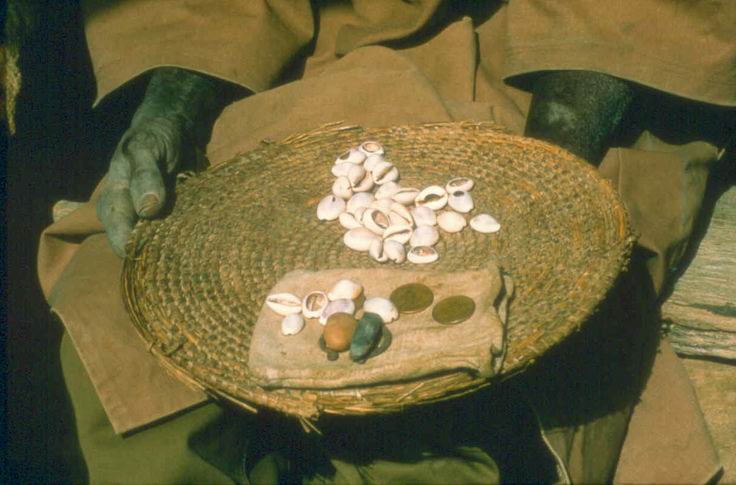 Cowry-shells were used for centuries as medicine and currency in Africa, China, India; and with the Indians of North America such as the Ojibwa and Menomini Indians who had called it the sacred money-cowrie, that for centuries was used by medicine men in initiation ceremonies and shamanic rituals. They had also used these shells as money for a form of exchange.
Cowry-shells were used for centuries as medicine and currency in Africa, China, India; and with the Indians of North America such as the Ojibwa and Menomini Indians who had called it the sacred money-cowrie, that for centuries was used by medicine men in initiation ceremonies and shamanic rituals. They had also used these shells as money for a form of exchange.
The ancient Chinese had also considered the cowry sacred, and used them in their ceremonies for the dead as a symbol of resurrection. They used the magical cowry-shells in ceremonies where cowries were used with rice, for stuffing the mouth of the dead. Rice was also used in the rituals of Oiibwa and Menomini ceremonies. They also used them as a form of currency. Familiar themes that seems to connect these various cultures.
The Indians had said the sacred shell was brought to them by a hero-god who founded their Grand Medicine Society, and played the role of the intermediary between the Indians and the Great Unknown. It was their symbol of life that was used in their initiation ceremonies where medicine men had danced with their medicine bags filled with the sacred cowries. They believed that no medicine bag was complete without the cowry-shells.
In the American Anthropologist it details the fascinating facts on how the cowry-shells were used in these sacred ceremonies: “Four of the medicine men act as initiating officers. These are provided with drums and rattles. One of these also has a kona-pamik (or cowry) shell (Cyprae moneta), the sacred emblem of the Metawit (medicine lodge order), and as he shakes the rattle and sings in a gutteral voice he runs the lodge-dance course around the center pole, followed by the other medicine men.
As they thus proceed they pass the novitiate who is seated on a new mat so as to face the center pole of the lodge. One after the other dances about him (the novitiate) in turn, singing and gesticulating the initiation songs. As a final act they “shoot” him with the sacred konapamik shells, pretending to blow them into his head or breast, whereat he falls as if dead and lies in an apparently lifeless stupor. Quickly the medicine fraternity gather around him, manipulate and rub him with the medicine bags and pray and utter incantations over him till he “recovers,” after which he spits a sacred shell from his mouth, pretending it is the one with which the medicine man had “shot” (or pretended to “shoot”) him; but which he had previously concealed for the act in his mouth. As soon as he has spit up the shell, he sits upright and later, rising, is given a medicine bag as his lodge badge. This concludes the essentials of the ceremony.”(2)
Cowry-shells were used in the baptismal ceremonies of the Ojibwa who dance with their medicine bags of shells, that 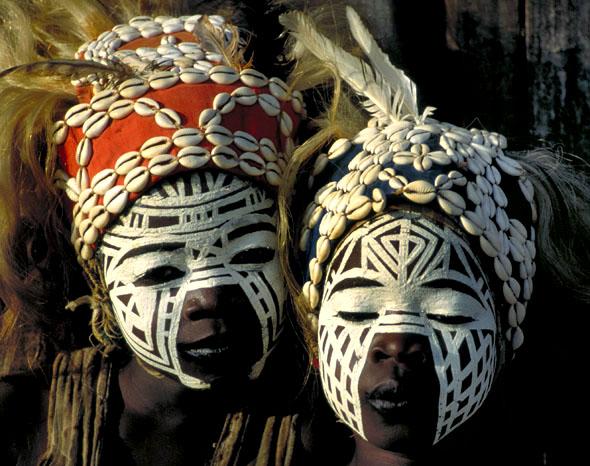 concludes with the medicine man spits out two shells. The ceremonies are intended to play out the drama of the life and death of the candidate.(1)
concludes with the medicine man spits out two shells. The ceremonies are intended to play out the drama of the life and death of the candidate.(1)
On the Fiji Islands, a shell of the golden cowry or bulikula, Cypraea aurantium, was drilled at the ends and worn on a string around the neck by chieftains as a badge of rank. The women of Tuvalu use cowrie and other shells in traditional handicrafts.(Wikipedia)
The same ideas and connection in these ceremonies by these various cultures seems to prove they are somehow connected or related at sometime in the distant past. These themes of medicine, health, life, death, and resurrection with the cowry shell being the main symbol intuitively, tells me that there must be a science behind this mystical shell that is waiting to be discovered.
An ancient alchemical science that dwells within many of us gnostics whose ancestors had practiced real medicine and alchemy.
SOURCES:
1. Nature, Volume 98 Edited by Sir Norman Lockye
2. American Anthropologist
3. Open sources

Moe is the founder of GnosticWarrior.com. He is a father, husband, author, martial arts black belt, and an expert in Gnosticism, the occult, and esotericism.

